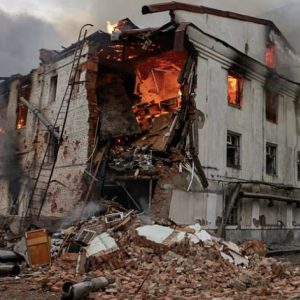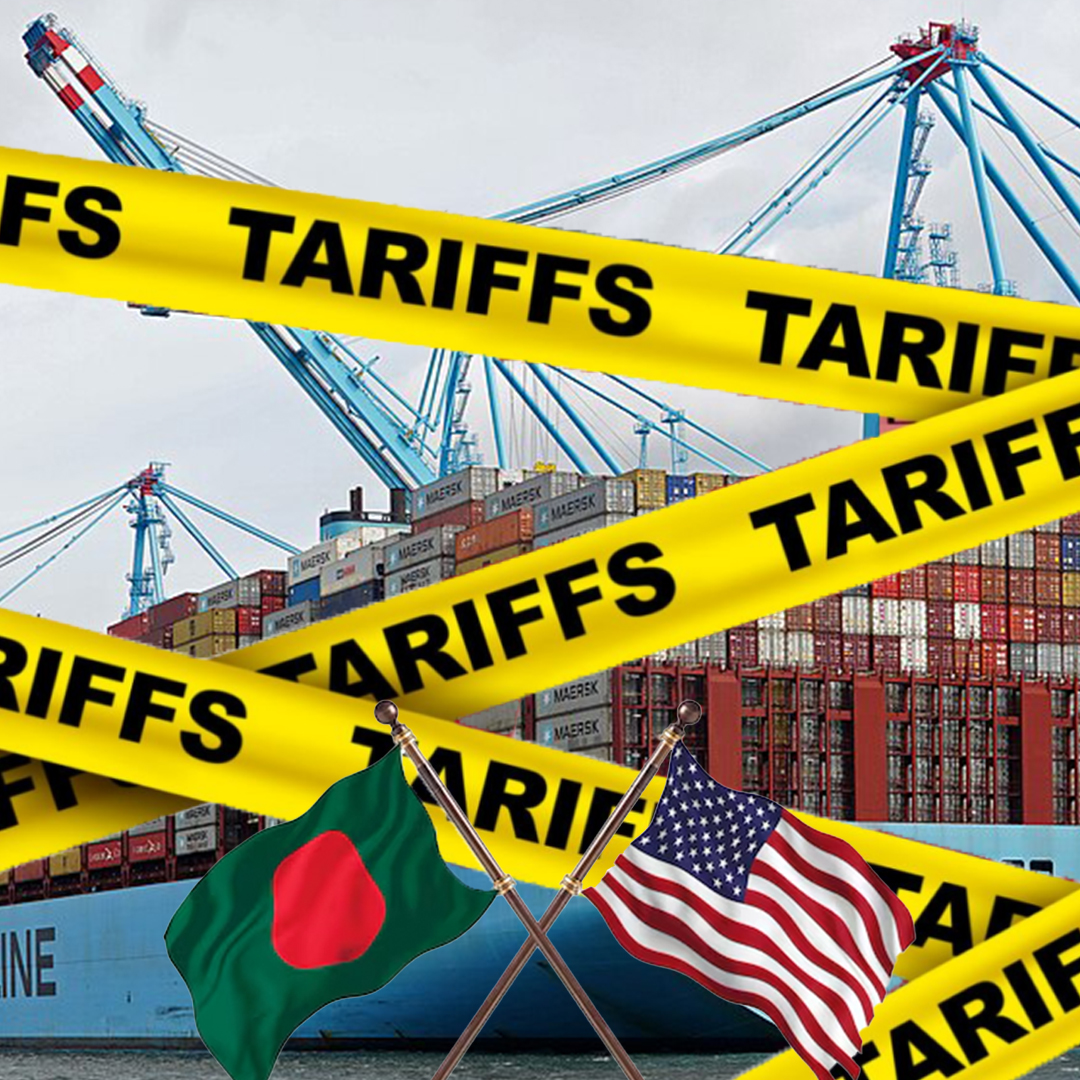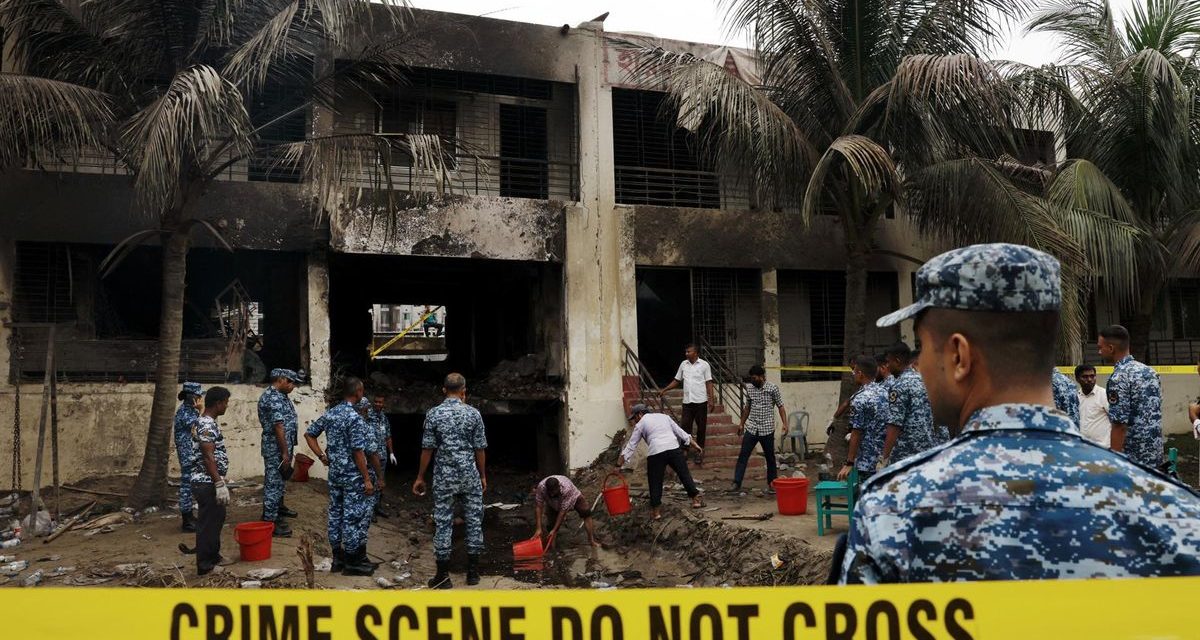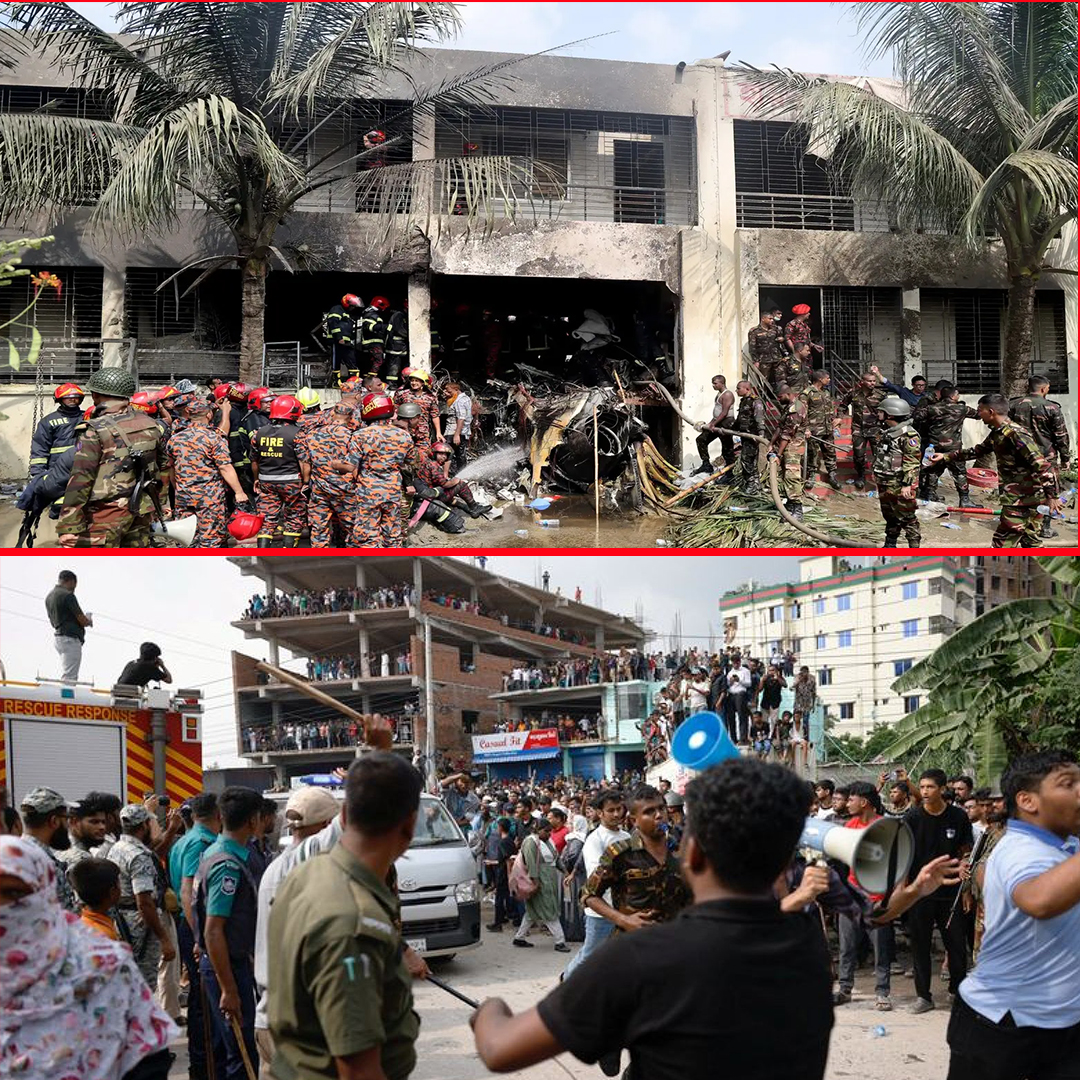
Late on June 7, 2025, the eastern Ukrainian city of Kharkiv endured its most intense attack since Russia’s full-scale invasion began, as waves of drones, guided bombs and missiles tore through residential neighbourhoods, schools and civic buildings. According to Kharkiv Mayor Ihor Terekhov, at least three civilians were killed and 22 others—including a one-and-a-half-month-old infant—were wounded in the unprecedented onslaught that shook the city through the night.
Eyewitnesses in the Saltivka and Sumska districts described dozens of explosions echoing across Kharkiv’s skyline. “It sounded like the end of the world,” recounted one resident who narrowly escaped falling masonry. Firefighters and emergency crews worked through the early hours, extinguishing blazes at multiple sites and digging survivors from piles of rubble. Photographs released by local authorities and Reuters show gutted façades, broken windows and scorched vehicles lining streets normally bustling with evening activity .
Scale and Tactics of the Strike
Ukrainian military sources reported that Russia unleashed at least 206 loitering munitions (commonly known as “kamikaze” drones) and nine ballistic missiles during the raid. Of the drones, 87 were shot down by air defences, while electronic warfare systems neutralized or diverted another 80. Strikes were concentrated on at least ten distinct locations, stretching from educational institutions to private apartment blocks .
Kharkiv Governor Oleh Syniehubov confirmed that a civilian-industrial site was hit by a barrage of 40 drones, one missile and four glide bombs, triggering a massive fire and leaving the possibility of further fatalities under collapsed structures. Local hospitals reported an influx of injured—ranging from people with blast wounds to those suffering smoke inhalation—overwhelming emergency wards and medical staff.

Civilian Toll and Infrastructure Damage
The assault left 18 apartment buildings and 13 private houses damaged, according to the Associated Press, which also noted that rescue teams faced significant challenges reaching victims amid ongoing secondary explosions from unexploded ordnance . Schools in several neighbourhoods suffered shattered windows and structural cracks, prompting authorities to temporarily suspend classes until safety inspections are completed.
Public transport routes were disrupted as tram lines were severed and debris clogged major thoroughfares. Kharkiv’s extensive metro system, a key bomb shelter for civilians, operated around the clock to evacuate people from surface-level danger zones. Overnight curfews and heightened checkpoints were imposed to coordinate relief efforts and prevent civilian movement into high-risk areas.
Ukrainian Response and National Impact
President Volodymyr Zelenskiy condemned the attack as “deliberate terror against unarmed civilians,” calling on Western allies to bolster Ukraine’s air defence capabilities. In a nationally televised address, he urged NATO and EU partners to expedite deliveries of advanced surface-to-air missile systems and to impose stricter sanctions on Moscow for targeting civilian infrastructure.
The assault came just days after Kyiv’s Operation Spiderweb—an audacious Ukrainian drone raid that reportedly damaged several Russian airbases—provoked Russian President Vladimir Putin’s vow of “revenge strikes.” Military analysts interpret the Kharkiv barrage as a direct retaliation, highlighting the increasingly blurred lines between battlefield targets and civilian zones.
International Reaction
Global leaders swiftly denounced the Kharkiv attack. The United Nations Secretary-General labelled it a “violation of international humanitarian law,” while the European Commission President pledged further financial aid to support reconstruction and emergency services. The U.S. State Department expressed “deep concern” and reiterated its commitment to helping Ukraine defend its sovereignty and protect its civilian population.
Humanitarian organisations based in Kharkiv reported that the night’s violence aggravated an already dire humanitarian situation, with thousands of internally displaced persons still residing in makeshift shelters after previous waves of Russian bombardment. Aid agencies have called for secure corridors to deliver food, medical supplies and temporary shelter materials to affected families.
Context of Continued Hostilities
Kharkiv, lying just 40 kilometres from the Russian border, has been a frontline city throughout the 39-month conflict. Despite occasional lulls in shelling, its suburbs have endured repeated drone strikes and artillery barrages. In early May, prosecutors in Kharkiv confirmed that Russian forces had used thermobaric-armed drones—capable of generating blistering blast waves—in residential districts, potentially constituting war crimes under international law.
Local war crimes investigators have opened pretrial probes into these incidents, gathering evidence for future tribunals. Mayor Terekhov has repeatedly appealed to the International Criminal Court to investigate alleged Russian atrocities, insisting that accountability is essential to ending the cycle of violence.
Moving Forward
As daylight revealed shattered streets and smouldering ruins, Kharkiv’s municipal government mobilised cleanup crews to clear debris and restore essential services. Power and water utilities pledged to prioritise the hardest-hit areas, while engineering teams assessed structural integrity of damaged buildings.
Educational authorities announced a phased return to school, with temporary classrooms set up in undamaged community centres. Mental health professionals travelled from Kyiv to offer counselling to children traumatized by the overnight horror.
The government of Ukraine declared three days of national mourning for the Kharkiv victims, while citizens laid flowers and lit candles at makeshift memorials near the worst-hit sites. Despite exhaustion and grief, many residents expressed defiance. “Our city will rise again,” said one volunteer firefighter, wiping soot from his face. “They can destroy our buildings, but they cannot break our spirit.”






